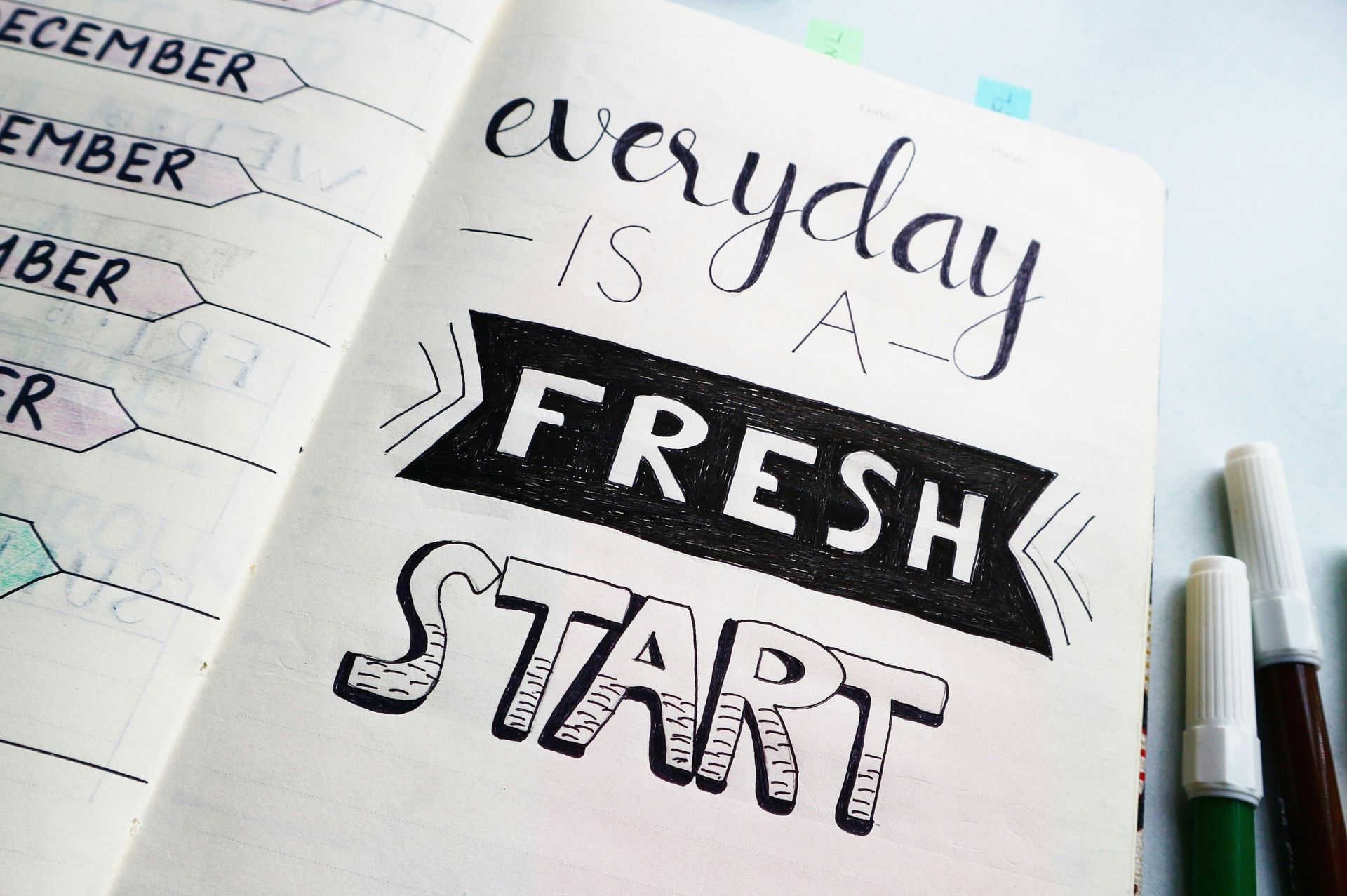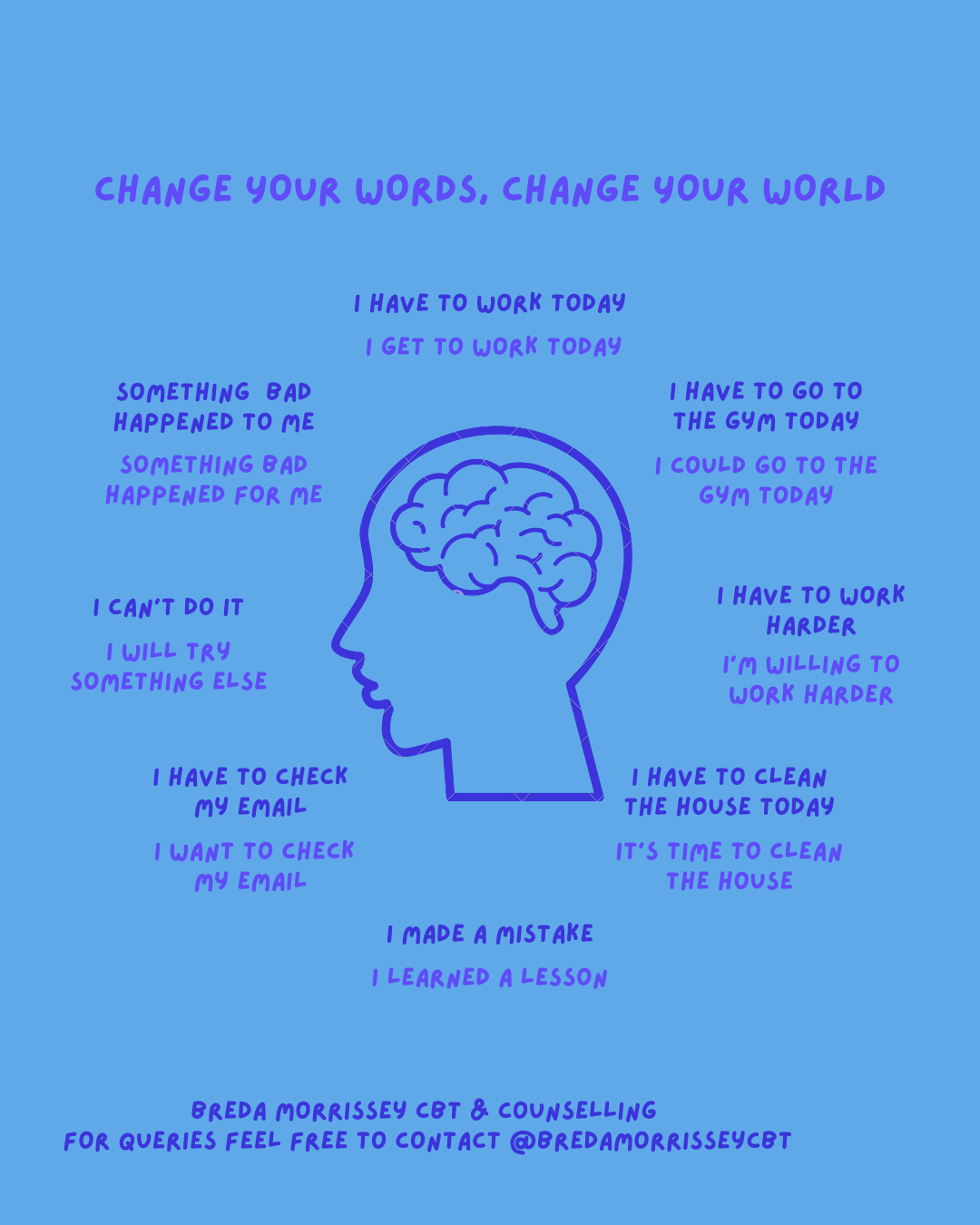How CBT Can Improve Fibromyalgia Symptoms
CBT (Cognitive behavioural therapy) can help reduce the impact that fibromyalgia has on your life by reducing pain and changing your thought patterns and coping strategies.
Fibromyalgia is a disorder that causes tenderness & pain throughout your body, as well as fatigue, sleep issues, difficulties with thinking and memory (sometimes called “brain fog” or “fibro fog”).
CBT is a well-tested and widely used form of psychological treatment that helps you learn to change unhelpful thoughts and behaviour patterns for the better. Cognitive Behavioural Therapy can help change the way you experience pain and other fibromyalgia symptoms and improve your overall quality of life.
CBT is most effective when it’s part of a holistic, integrated treatment plan that includes a healthy diet, good sleep hygiene, and light exercise, as well as any necessary over the counter and prescribed treatments.
CBT Can Change Your Thinking
CBT makes use of a variety of techniques to help change your perceptions and behaviours around your pain and well-being. These activities include journaling, mindfulness and breathing exercises, and physical techniques such as progressive muscle relaxation. One of the core exercises of CBT is “cognitive restructuring.”
“Cognitive restructuring is a core component of CBT that helps patients recognize and modify thought patterns that contribute to negative thoughts and feelings such as pain catastrophizing and feelings of lack of self-efficacy or helplessness. “By replacing these maladaptive thoughts with more realistic, functional, and hopeful thoughts, individuals can develop a healthier mindset towards the pain experience and quality of life.”
CBT Can Improve Function and Quality of Life with Fibromyalgia
CBT helps you develop skills and strategies to function more effectively with fibromyalgia. This often means gradually increasing your capacity for activity and learning to pace yourself. Combined with relaxation techniques, pacing can positively impact your sleep, promoting a cycle of wellness and recovery rather than of pain and stress.
“By combating avoidance behaviours and encouraging gradual increases in activity levels, CBT helps individuals reclaim their lives and improve their physical and emotional functioning,” Buse says. “This holistic approach can contribute to a better quality of life, despite the ongoing presence of fibromyalgia symptoms.”
CBT Can Help You Cope with the Anxiety and Depression That Can Come with Fibromyalgia
Anxiety and depression often accompany and amplify the negative effects of fibromyalgia. CBT can help with this as well.
“CBT addresses these psychological conditions by teaching coping strategies to manage stress, anxiety, and depressive symptoms,” says Buse. “Through cognitive restructuring, patients learn to challenge and reduce the negative thought patterns that create and exacerbate feelings of anxiety and depression.”
What CBT for Fibromyalgia Is Like
CBT for fibromyalgia typically involves three components:
- Assessment and education: An assessment of your specific symptoms, pain presentation, and emotional responses allows you and your therapist to identify maladaptive thought processes and behaviours. You’ll also be educated about CBT and its role in managing fibromyalgia.
- Cognitive restructuring: You’ll learn to identify, challenge, and replace your negative thought patterns, and to develop healthy coping strategies and improved emotional responses to pain.
- Behavioural activation and skill development: You’ll be encouraged to engage in physical activities and set realistic goals for daily life. Often this includes integrating physical exercise with relaxation techniques, which will help you integrate and apply your new knowledge, insights and coping skills to real-life situations.
CBT can help you take control of your thoughts, feelings, and behaviours around your fibromyalgia and empower you to improve your overall quality of life. If you’re struggling with fibromyalgia pain as well as stress, anxiety, and depression, CBT is well worth looking into. In combination with the other components of a holistic treatment — which it can help you establish — CBT can put you in the driver’s seat and help you reclaim your life despite your fibromyalgia symptoms.











